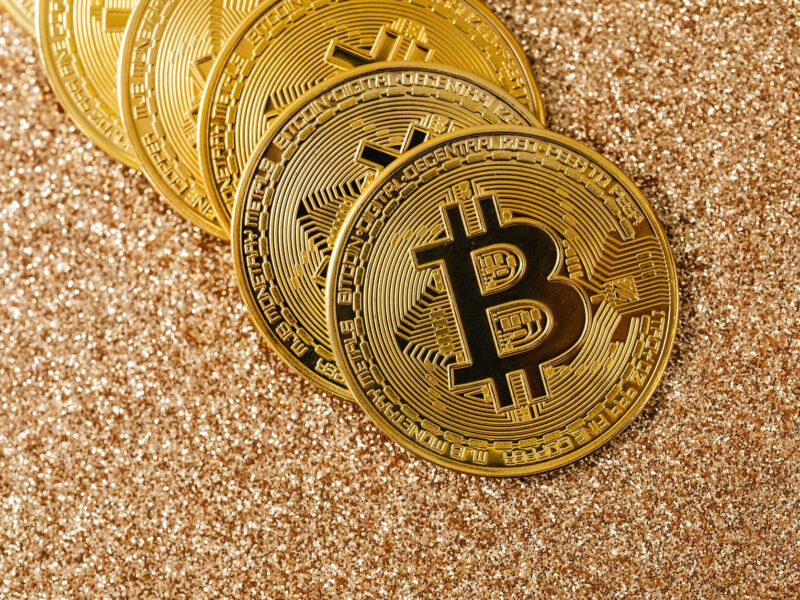Dictionary definition of inflation is “a persistent, substantial rise in the general level of prices related to an increase in the volume of money and resulting in the loss of value of currency”. That may seem innocently straightforward. Yet inflation is probably one of the most misunderstood phenomena in economics, or just in general. Having a framework to think about inflation is essential for every investor, if not every person.
One relatively simple framework is to consider three types of inflation – Monetary inflation, Producer Inflation and Consumer Inflation. Very simplistically, in an accommodative monetary/fiscal policy regime (as we are in of this writing) inflation could be thought to progress in that order – starting from monetary inflation, then producer inflation, and ultimately consumer inflation.
Monetary inflation is the result of expansion of the monetary base or money supply, often referred to as Quantitative Easing (QE). Expansion of the monetary base starts with the Central Bank, i.e. the Federal Reserve Bank in the U.S. The monetary base is translated into broader money supply (e.g. M1, M2) either through the banking system (e.g. through loan activity, capital markets), or through direct transfer payments to individuals or businesses.
Money Supply can be thought to be available to businesses and individuals. When manufacturing businesses (producers) chase after supply-limited goods, it drives inflation in producer prices. This is measured by the Producer Price Index (PPI). When producers in turn pass through price increases to consumers, it drivers inflation in consumer prices. This is measured by the Consumer Price Index (CPI).
Generally investors and the population tend to have some familiarity with CPI as a way to make sense of price movements on Main Street. Likewise, businesses tend to track PPI for supply chain and P&L management. Monetary Inflation tends to be the most insidious form of inflation because it is not as commonly understood. Monetary Inflation serves as a hidden tax that erodes the purchasing power of savings and investments.


